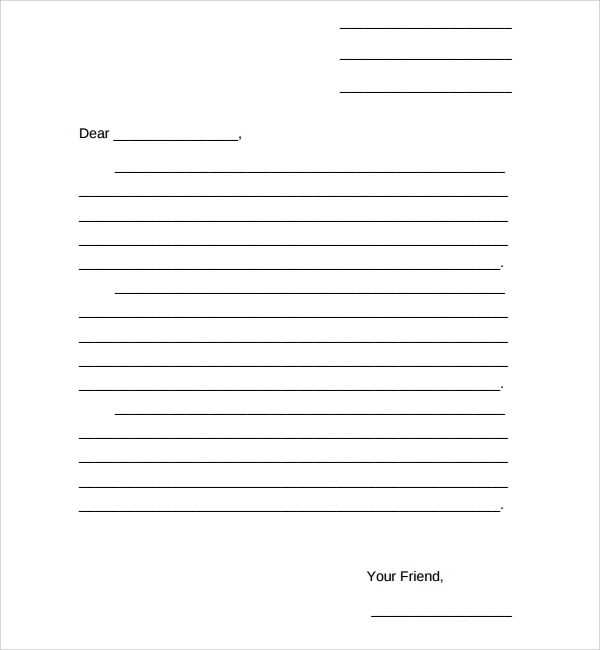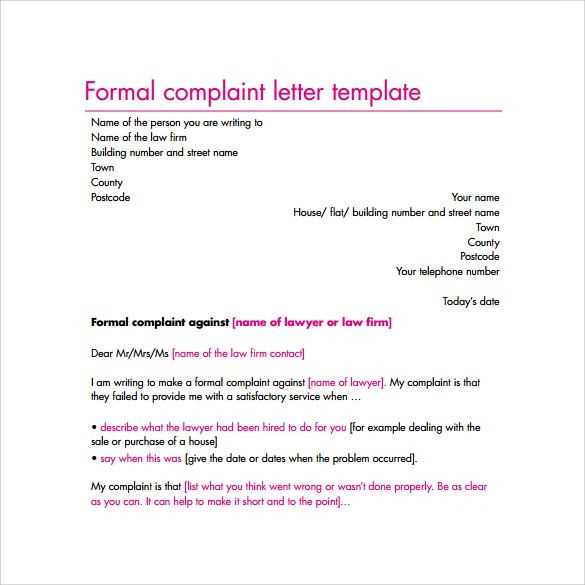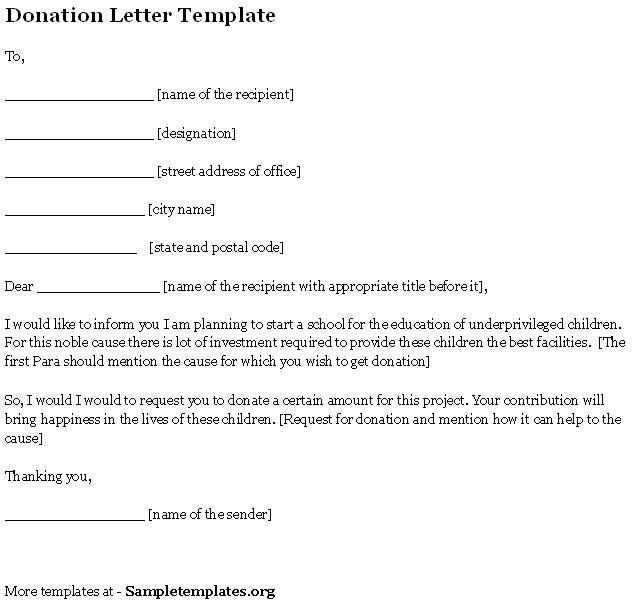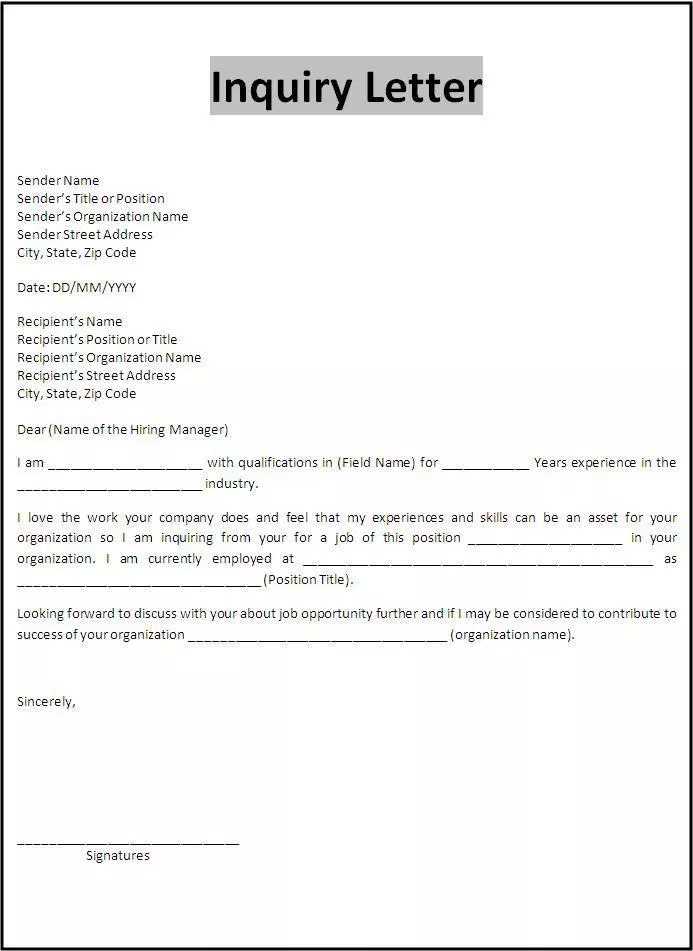Summon Letter Template for Legal and Official Use

When dealing with legal matters, it’s essential to communicate clearly and effectively. One of the most important tasks is preparing a formal document that notifies an individual about a legal obligation or upcoming action. Such a communication serves as a critical step in initiating a process and ensuring all parties involved are informed of their responsibilities.
Crafting a precise and legally sound document is crucial. The content must be thorough, ensuring that all necessary information is included and follows a clear, professional format. This helps avoid confusion and potential legal complications.
Understanding the specific elements that need to be incorporated into the message can save time and prevent errors. With the right structure and wording, such documents not only fulfill legal requirements but also help maintain formal relations between parties. Proper preparation guarantees that your communication will stand up in a legal context, ensuring clarity and effectiveness in reaching the desired outcome.
What is a Formal Notification
Understanding Its Purpose and Importance
A formal notification serves as a written communication that informs an individual or entity about an important legal matter or action. It is typically used to alert someone of their obligation to respond to or participate in a particular process. This document is a crucial tool in ensuring that all parties involved are made aware of their responsibilities and the next steps in a legal context.
The primary purpose of this communication is to establish clear expectations. It outlines the necessary actions, deadlines, and consequences for non-compliance, making it an essential element of legal proceedings. By formally notifying someone, you ensure transparency and provide an official record that can be referenced if needed in the future.
Key Elements of a Notification
Essential Details to Include
When preparing a formal communication for legal matters, it is crucial to ensure that all necessary components are included. This document must provide clear, concise, and accurate information to prevent confusion and ensure the recipient understands their obligations. Each part of the message plays a significant role in conveying the intended legal purpose and protecting all parties involved.
Recipient Information

The first critical element is the accurate identification of the recipient. This includes full names, addresses, and any relevant identifiers to ensure the document reaches the correct individual or entity. Ensuring precise details in this section prevents potential disputes regarding the recipient’s identity or location.
Clear Action Required

Another vital part is outlining the specific actions the recipient needs to take. Whether it’s appearing in court, submitting documents, or responding to a request, clearly stating what is expected helps eliminate ambiguity. The document should also include relevant deadlines and consequences for non-compliance to emphasize the urgency of the matter.
By incorporating these essential details, the communication becomes both effective and legally sound. Accuracy in the content guarantees that the recipient will fully understand their role in the legal process, fostering transparency and compliance.
How to Draft a Legal Document
Step-by-Step Guide for Preparation
Creating a legal document requires careful attention to detail and proper structure. Whether you’re initiating a formal process or notifying someone of an obligation, the document must be clear, concise, and legally sound. Following a systematic approach ensures that all necessary information is included and the message is effectively communicated.
Step 1: Gather Necessary Information

The first step in drafting any legal communication is to collect all relevant facts and details. This includes the names and addresses of the parties involved, the nature of the issue, and any important dates or events. Accurate information forms the foundation of the document and is essential for its validity.
Step 2: Organize the Structure

Once you have all the necessary details, organize them logically. Start with an introduction that explains the purpose of the document. Follow with the main body, outlining the key points or actions required. Conclude with a clear statement of the next steps or consequences, if applicable. A well-organized structure ensures that the message is easy to follow and understand.
By following these steps, you can ensure that your document is both professional and legally compliant. A methodical approach will help avoid errors and improve the clarity of your communication, making it easier for the recipient to act accordingly.
Legal Requirements for Notifications
Ensuring Accuracy and Compliance
When preparing a formal legal document, it’s crucial to meet all necessary legal standards to ensure the communication is valid and enforceable. These documents must adhere to specific requirements that ensure they are recognized in court or by relevant authorities. Any failure to meet these criteria can lead to delays, complications, or the dismissal of the process.
Essential Legal Criteria
To ensure compliance, several factors must be considered when drafting legal communications:
- Correct identification of parties involved, including full names and addresses.
- Clear outline of the action or response required from the recipient.
- Accurate deadlines or timeframes for responses or actions to be taken.
- Proper notification method, whether it’s in-person, via mail, or electronically.
Ensuring Accuracy
Beyond the legal requirements, accuracy in the content is equally important. The message must clearly state the reason for the communication and the legal grounds behind it. Failing to do so can lead to confusion, challenges to the validity of the document, or even legal consequences for incorrect information. Accuracy ensures that all involved parties understand their obligations and the next steps to take.
By adhering to these legal and accuracy standards, you can ensure that your communication is both effective and legally binding. Meeting these requirements protects all parties and ensures smooth progression of any legal process.